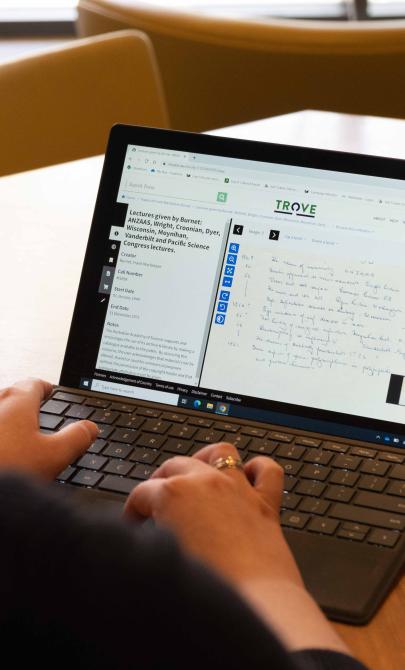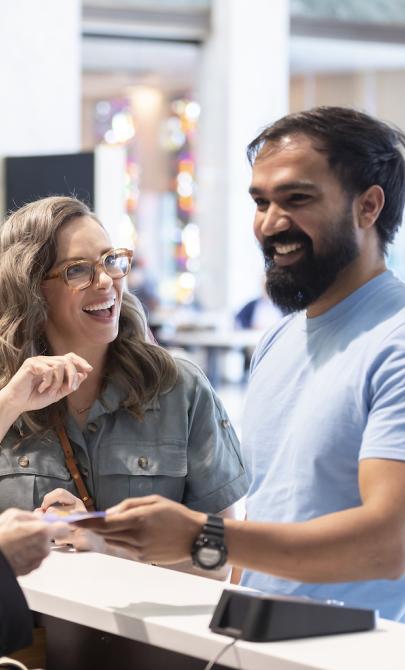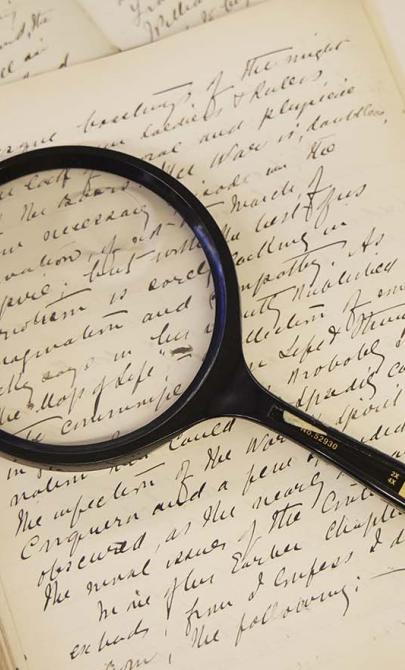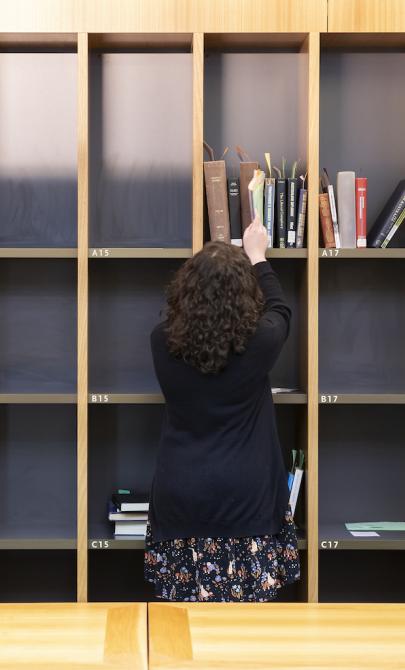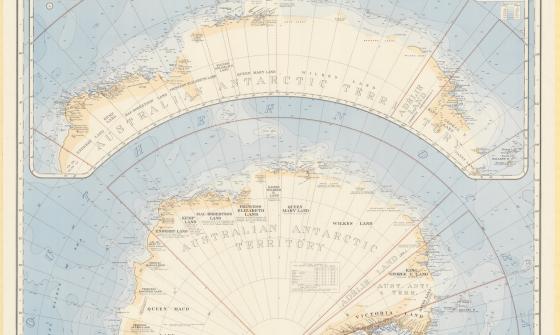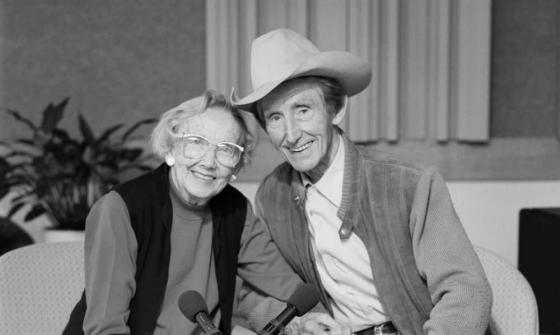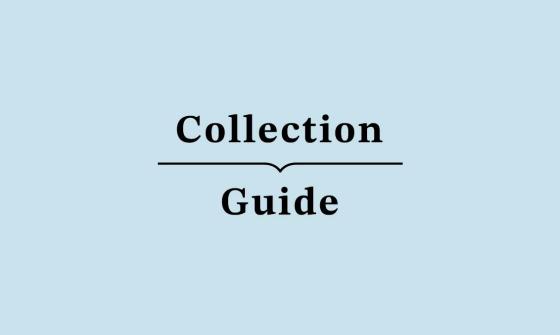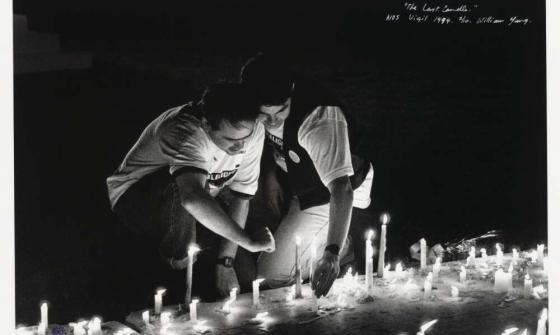Willis Collection
Key items in the collection
This collection hosts a range of formats, including:
The heart of the collection is oral history—interviews with people from all walks of life. Many recordings include songs, recitations and instrumental music, along with personal reflections.
Subjects include:
- Australian folk music
- Migrant and refugee stories
- Working life across regional and remote Australia
- Children's folklore and games
- Vaudeville, circus and market life
- Wartime experiences, including World War II and Vietnam
Occupations represented range from shearers and bush nurses to miners, teachers and lighthouse keepers.
Special projects:
Child migrants oral history project (TRC 4687)
Interviews with child migrants brought to Australia through schemes like Dr Barnardo’s and the Fairbridge Society.
Bringing them home oral history project (TRC 5000)
26 interviews recorded by Willis for the Bringing Them Home project
Supporting material includes interview notes, transcripts, and correspondence related to the oral history recordings.
Items such as flyers, song lyrics, and handwritten notes accompany many interviews, particularly those focused on music and community events.
About Robert Willis
Robert Willis was born in 1944 and grew up in Forbes, New South Wales, where he has spent most of his life. He worked in sales and the electronics trade, and for many years owned and managed an electrical appliances business.
Musical beginnings
Willis became interested in folk music in 1975 when he took part in a production of the musical Reedy River. He later formed a band called Blackridge (the original name of Forbes) to perform Australian folk songs. A self-taught musician, Willis played a range of instruments, including the button accordion, guitar, mouth organ, tin whistle, banjo and concertina. He also sang.
Field recording and folklore collection
In the late 1970s, Willis began recording traditional performers and their stories in the Forbes region. He recognised that many local traditions were still being passed down and wanted to document them.
In 1983, he met folklorist John Meredith and accompanied him on several field trips. When Meredith retired in 1994, Willis continued the work independently, often leaving his business in the hands of a manager. Over time, he stepped away from day-to-day business operations and dedicated himself fully to recording and interviewing traditional artists in regional towns and cities across Australia. (For more information on Willis's oral history contemporaries refer to the Meredith Collection, Peter Ellis Collection and Woodland Collection.)
Family support and collaboration
Willis's work has been strongly supported by his family, especially his wife Olya, a teacher in Forbes. She has summarised many of his interviews, worked as a sound technician on field trips where possible, and taken many of the photographs in the collection.
He has also collaborated with fellow musician and folklorist John Harpley on various recording trips.
Publications
Willis edited, with Graham Seal, Verandah Music: Roots of Australian Tradition (2003).
Background to the collection
Willis’s earliest recordings were acquired through John Meredith. From 1993 onwards, he began submitting his own recordings, and has continued to contribute new material every year.
Over this time, he has received financial support and general advice, but has always worked independently—selecting the individuals and groups to record, and organising all his field trips himself.
The Willis Collection is individually catalogued in the Oral History and Folklore Collection at a number of locations: TRC 2590, 2608, 3388, 4572, 4687, 4778, 5120, 5373 and 5484.
Willis has also supplied documentation of most of his recordings, including detailed summaries of the contents of interviews, photographs and biographical information, also housed in the Oral History and Folklore Collection.
